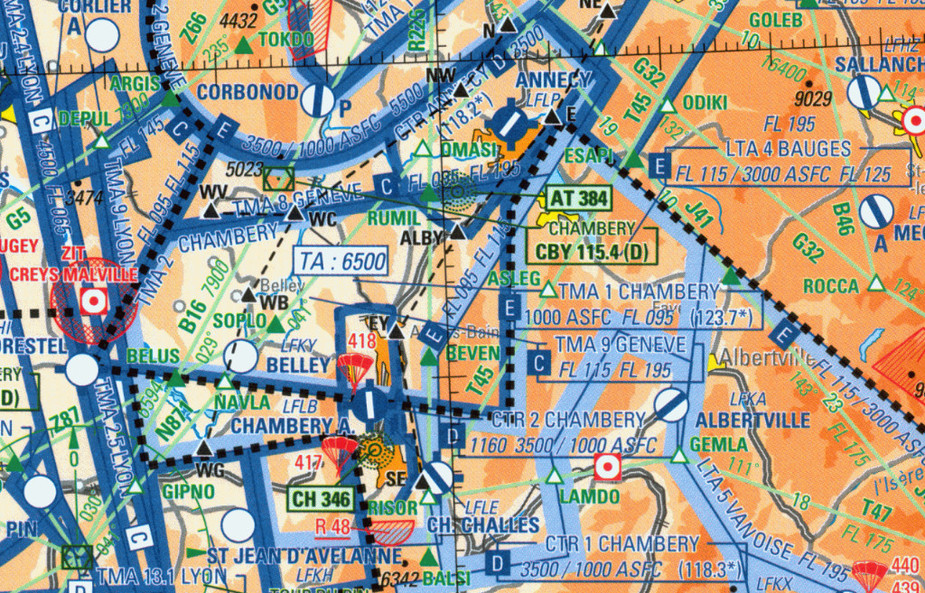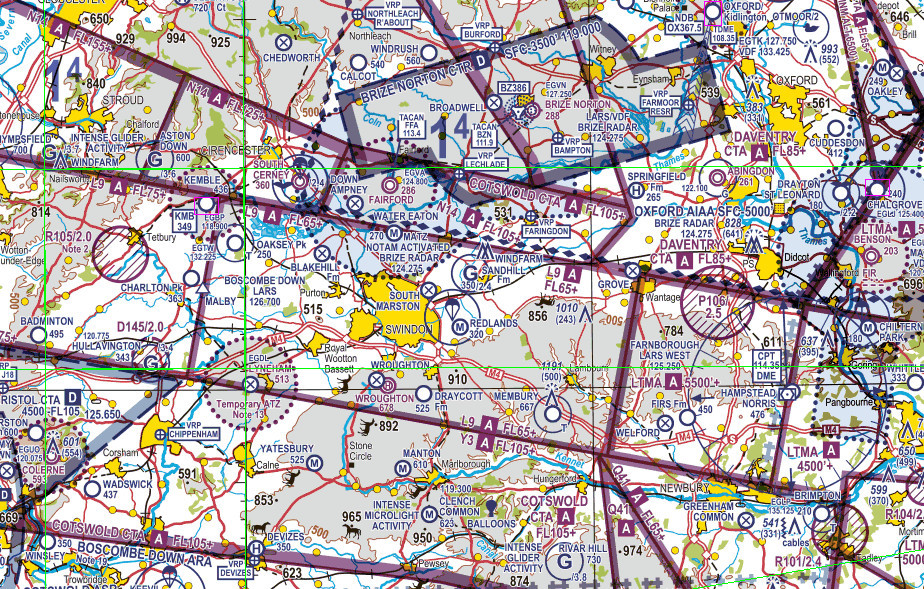Based on the volume of learning, practice, money and input, etc etc to end up airborne and making a radio call, as I pilot from an aircraft, I just can’t understand the benefit of changing the FIS, RIS and RAS.
Someone please explain it to me.
P.
Hi Peter, yes.
I started around 2004 I think. Some time before they changed it.
I just couldn’t get my head around the changes, especially as there have been at least a couple of times they have revisited the lack of understanding of the service levels. None of which seems to have made a difference.
Where will we go next?
“G-Xxxx What service do you require? The one where we pass the QNH and tell you to report leaving or the one where we……..
It isn’t affected by the “call tag”. it’s affected by whether pilots decide or care to avail themselves of the correct information and RT. IMHO.
My recollection of the reason for Basic Service was that ATC were concerned that the previous one gave pilots the impression that they were getting more than they were getting; specifically traffic (collision avoidance) information.
Traffic Service replaced the previous Radar Information Service. A totally pointless renaming since there is no traffic info (of any meaning) without radar.
Deconfliction Service is usually not available anytime the controller is remotely busy, which is anytime the sun is shining, south of Liverpool 
It’s nuts. The ICAO obligation is a Flight Information Service. One problem is that the UK doesn’t have an overall low level GA radar coverage so a traffic info cannot be provided, but that is true for much of Europe or the world… It would have been better to upgrade the London Info people to the higher salary radar qualified ATCOs and give them official radar access, but with most GA not paying the 2T+ route charges nobody will want to pay for that. A single H24 radar desk at NATS has been allegedly costed at £1M a year. That is in effect the taxpayer subsidy to GA in countries like France.
it’s affected by whether pilots decide or care to avail themselves of the correct information and RT. IMHO.
The above quote misses the point. It is because the UK is the odd one out that problems arise. I agree in principle, there is nothing wrong with the service levels, per se. They might be confusing to a foreigner (which I am), but in a way they make sense once you get used to them (I have been in the UK for five years now!). This is fine for VFR (where you might be expected to have local knowledge), but shouldn’t be necessary when you are on an IFR flight.
In response to the quote above, it is not the service levels (or lack of knowledge about them) that cause the problems, it is the expectation that ATC has your flightplan (and it is active). Confusion then ensues when a pilot receives an enquiry about the service level that does not match the expectation which they might have had based on their flight plan.
Anywhere else in the world, if you are on an IFR flight plan, no one would ask you ‘what service do you want?’ you clearly want de-confliction service and clearance through controlled airspace, on the route of your flight plan (or as close to it as possible). You don’t get dumped or abandoned to your own devices.
In North America, the ATC can’t cancel your flight plan, the pilot has to do so; consequently, your IFR plan will be active from start to finish, even if you go through a region of no-man’s land in the middle. ATC or FIS have your flight plan, so it is obvious what you are going to want (VFR or IFR). You don’t have to call up each sector, explain your life to them and try and sort something out (as in the UK). You just check in and they tell you where you are cleared to (they already have your details).
The real issue in the UK is threefold:
1) VFR flight plans are not used or accessed by ATC.
2) Low level IFR plans are not used or accessed by ATC (or are ‘binned’ as Peter would say).
3) ATC for low level flight is not linked up between units.
The radio calls about the service levels just serve to illustrate mismatch between pilot and ATC expectations. The pilot is thinking one thing (that they are cleared along a route) and ATC thinks another thing (that the pilot should negotiate a clearance at every step).
You are both, both knowledgeable and correct. My finer point was that in all of my flying, despite the shortfalls of the system, I have never been unsure of the service preferable to my flight or indeed what I should reasonably expect from that service (within reason, I’m only a humble ppl).
I have learned, as an overview yhat the American system is amazing in comparison.
However I am puzzled that suitably intelligent people (loosly grouping pilots together) struggled enough for the CAA to change the names and that in the face of it some international GA pilots don’t bother to do much research.
I’m not actually ‘attacking’ them for it, I’m almost applauding thier confidence to just get on with it.
However I think it wouldn’t be long before the CAA wrote to me if I tried it.
GA_Pete wrote:
I have learned, as an overview yhat the American system is amazing in comparison.
It is, but to note, continental Europe isn’t that much different. It’s the UK that’s the odd one out with crazy airspace and crap (pretty much non-existing) ATC ‘service’.
Canuck wrote:
1) VFR flight plans are not used or accessed by ATC.
Neither are they in the US. Flight Service deals with VFR FPs. Of course getting Flight Following is in effect a FP that’s in the the ATC system. Subtle difference.
It’s the UK that’s the odd one out with crazy airspace
This is a tangent but I think some have not done much longer range VFR in Europe…
France:

The above presentation is quite simply trash. That chart / airspace structure is not fit for flight planning. I used to do it in my VFR days but still on occassions could not work out how some bits could be practically flown OCAS (not just mad horizontal doglegs but also concurrent mad vertical doglegs) and had to depart with the assumption that I will get a clearance. It is true that one can generally make it work by (a) planning to avoid the military stuff and (b) getting airborne and presenting ATC with a fait accompli and they “just let you fly” (usually; when they don’t, like e.g. reportedly around Lyon, it doesn’t make the forum). Also the currently popular tablet products can very usefully expose corridors that happen to exist at particular levels. But that is a separate argument from whether the chart is readable for practical OCAS flight.
Another thread here.
The UK map is readable, assuming somebody actually looks at it with their eyeballs and reads the airspace labels, all of which are present and readable (though not necessarily readily readable on a phone or a tablet, but that (displaying raster charts on a tablet) is another debate). Anybody who can read and draw lines with a ruler can plan an OCAS flight in the UK.

I could also go onto N Italy… I just don’t have any charts because, ahem, last time I looked they haven’t published any which were cockpit-usable 
The airspace debate here (the youtube video) is really whether you can just drive through a load of CAS (while talking to ATC) and get away with it. In the UK you absolutely cannot without getting an explicit clearance through each bit – usually Class D; Class A is virtually closed to “popup” traffic. In France you mostly can (but still have to avoid the mil areas, generally). In Italy you mostly cannot. In Spain, well, it depends 
Peter, all three examples are what you call ‘trash’. The big difference in real world flying is that in France you’re mostly just cleared through anything and/or fly above it. Spain is typically no problem at all. And when it comes to ATC, well, I’ve flown on four continents and the worst – by far – is the UK.
in France you’re mostly just cleared through anything
That (relaxed ATC clearances) is a separate debate from airspace design however.
They would also have to implement a countrywide radar environment, which won’t ever happen for GA. There is no drive to get the taxpayer to fund it. Then they would have to largely abandon the concept of CAS needing a clearance 
They would have to remove the Class A, to allow mixing VFR and “ad hoc IFR”. Then they would have to remove the IMC Rating because it would be a de facto IR which would be politically unacceptable.
A halfway step would be to support ad hoc IFR (US style popup IFR) through the Class A but there are so few IR holders in GA that it would not make much difference.
UK pilots do plan flights using the chart, BTW, and successfully. Nowadays many use the tablet products of course.